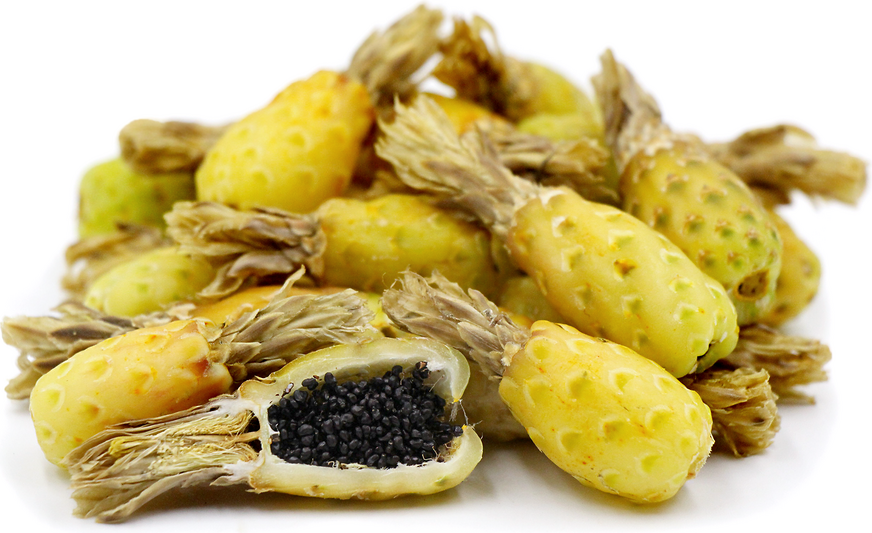Cacti are remarkable succulents that have evolved in diverse environments, often exhibiting intriguing adaptations. Among the myriad species, some produce captivating pink fruits that not only enhance the aesthetic appeal of the plant but also serve various ecological functions. This article delves into cacti that bear pink fruits, exploring their characteristics, uses, and cultural significance.
In the realm of cacti, the color and type of fruit can be deeply varied, influenced by both genetic factors and environmental conditions. Pink fruits, in particular, create a striking visual contrast against the typically verdant foliage of the cactus. Beyond their beauty, these fruits can offer a range of culinary and medicinal benefits.
Distinctiveness in appearance is one of the primary characteristics that make certain cacti stand out. The pink hue of the fruit can indicate ripeness and attractiveness to pollinators and animals alike. Here, we will examine notable cacti species that produce pink fruits, unveiling their specific traits and how they are utilized in both traditional and modern contexts.
First, let’s consider the intriguing Barrel Cactus (family Cactaceae, genus Ferocactus). The Barrel Cactus is a quintessential representation of the Southwest’s arid landscapes. With its barrel-shaped body adorned with prominent ribs and spines, it is a tough survivor in desert conditions. This cactus produces fruits that are notably vibrant, ranging in shades from yellow to deep pink. The fruit itself, often referred to as a “barrel cactus fruit,” is rich in moisture and nutrients.
When ripe, the fruit becomes a delectable treat for various wildlife, including birds and mammals, facilitating seed dispersal. Barrel cactus fruit can be harvested and consumed by humans, boasting a mildly sweet flavor that can be enjoyed raw or processed into jams and jellies. Moreover, the vibrant color can serve as a natural dye in crafts and traditional art forms.
The nutritional value of this fruit is comprised of antioxidants, vitamins, and minerals that contribute positively to human health. The high water content makes it an excellent source of hydration for individuals traversing arid landscapes. Additionally, the spiny exterior protects the fruit, ensuring that only determined foragers can access its juicy interior.
Next on the list is the Prickly Pear Cactus, or Opuntia, well-known for its flattened pads and dazzling fruits, called tunas. The tunas can vary significantly in color, with some species exhibiting a delectable pink hue. These fruits are not only visually appealing but are also a culinary delight. Their sweet, juicy flesh can be consumed as is, juiced, or transformed into smoothies and desserts.
In addition to their culinary uses, prickly pear fruits have gained attention in the health and wellness industry due to their potential health benefits. Rich in dietary fiber, vitamin C, and antioxidants, they may aid in digestion and support immune health. Furthermore, some studies suggest that prickly pear extracts may help manage blood glucose levels, making them a subject of interest for diabetic research.
The popularity of the prickly pear extends beyond culinary applications. In many cultures, the vibrant pink fruits are also used in traditional medicine and regional healing practices. Healing tonics infused with prickly pear are believed to possess anti-inflammatory properties, making them a staple in various folk remedies.
Another captivating species to consider is the Hedgehog Cactus (Echinocereus), which produces striking pink fruits after flowering. These fruits are often cylindrical and covered in a fine layer of spines, providing yet another layer of protection against herbivores. Like the others mentioned, the fruits of the hedgehog cactus are also beneficial to wildlife, serving as a food source for several bird and insect species.
The hedgehog cactus fruit has a similar flavor profile to other varieties, with a sweet and tangy taste that enhances desserts and salads. Cooks in regions where this cactus thrives often experiment with the fruit to create unique preserves or infused spirits. The bright pink color of the fruit elevates culinary presentations and is sought after in gourmet cooking.
The uniqueness of the hedgehog cactus extends to its environmental contributions. The plants form a crucial part of desert ecosystems, providing food and habitat for various organisms. Their fruiting cycle synchronizes with the availability of water and pollinators, underscoring their ecological significance within their habitat.
Exploring the broader implications of pink fruit-producing cacti leads us to understand their role in biodiversity conservation and sustainable practices. As interest in native and drought-resistant plants grows, these cacti not only help beautify landscapes but also serve practical purposes. The fruits can be harvested sustainably, offering an economic incentive for conservation efforts, ensuring that these remarkable species continue to thrive.
In conclusion, cacti that produce pink fruits provide an array of intriguing benefits, from their vibrant aesthetics to their culinary and health applications. Species such as the Barrel Cactus, Prickly Pear, and Hedgehog Cactus not only exhibit distinct characteristics but also play important roles in their ecosystems. Whether you are a forager, a culinary enthusiast, or simply a cactus aficionado, understanding these species offers insight into the complex interplay between nature and human culture. The world of cacti is as colorful as the fruits they produce, brimming with opportunities for exploration and appreciation.





Leave a Comment